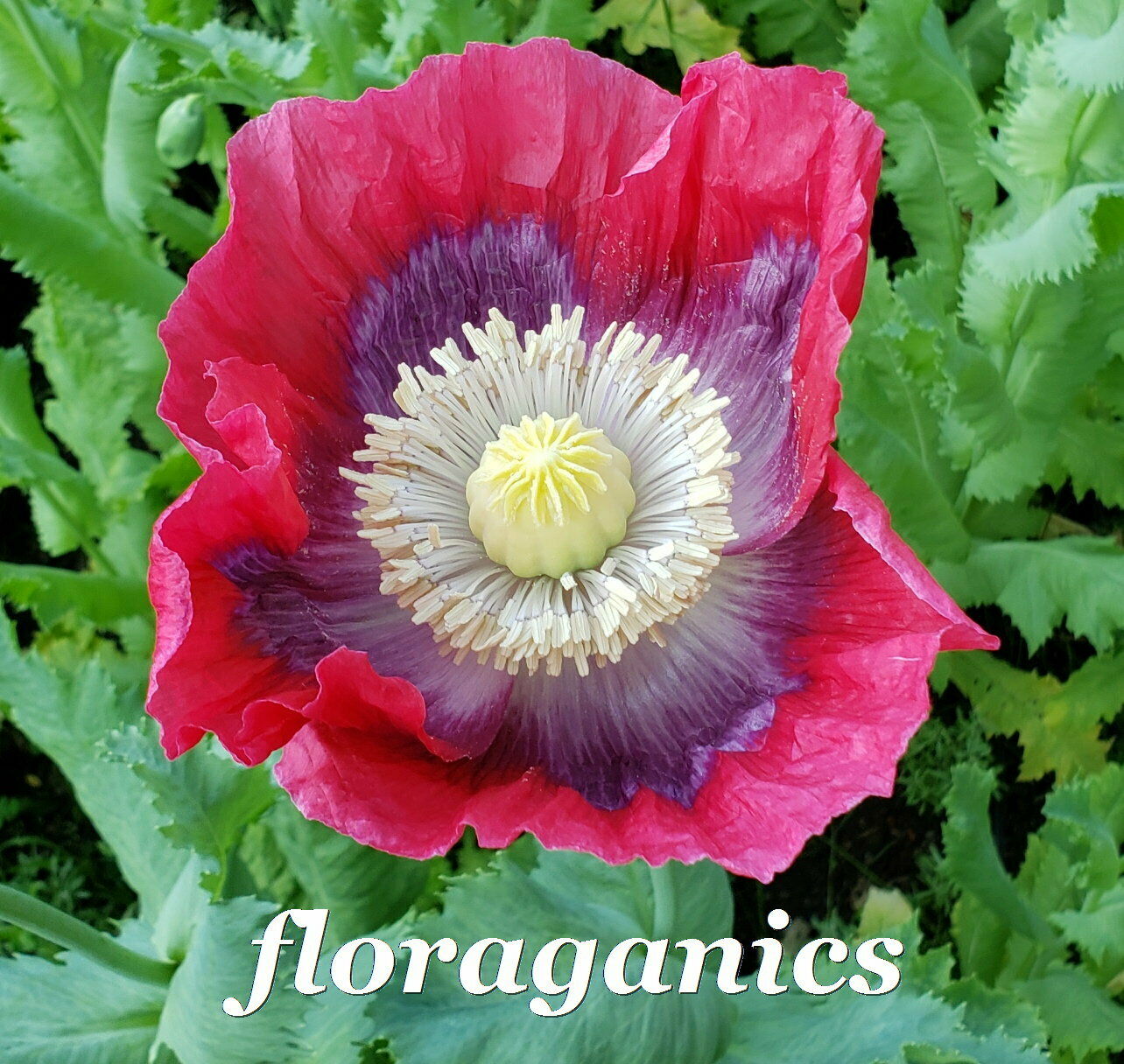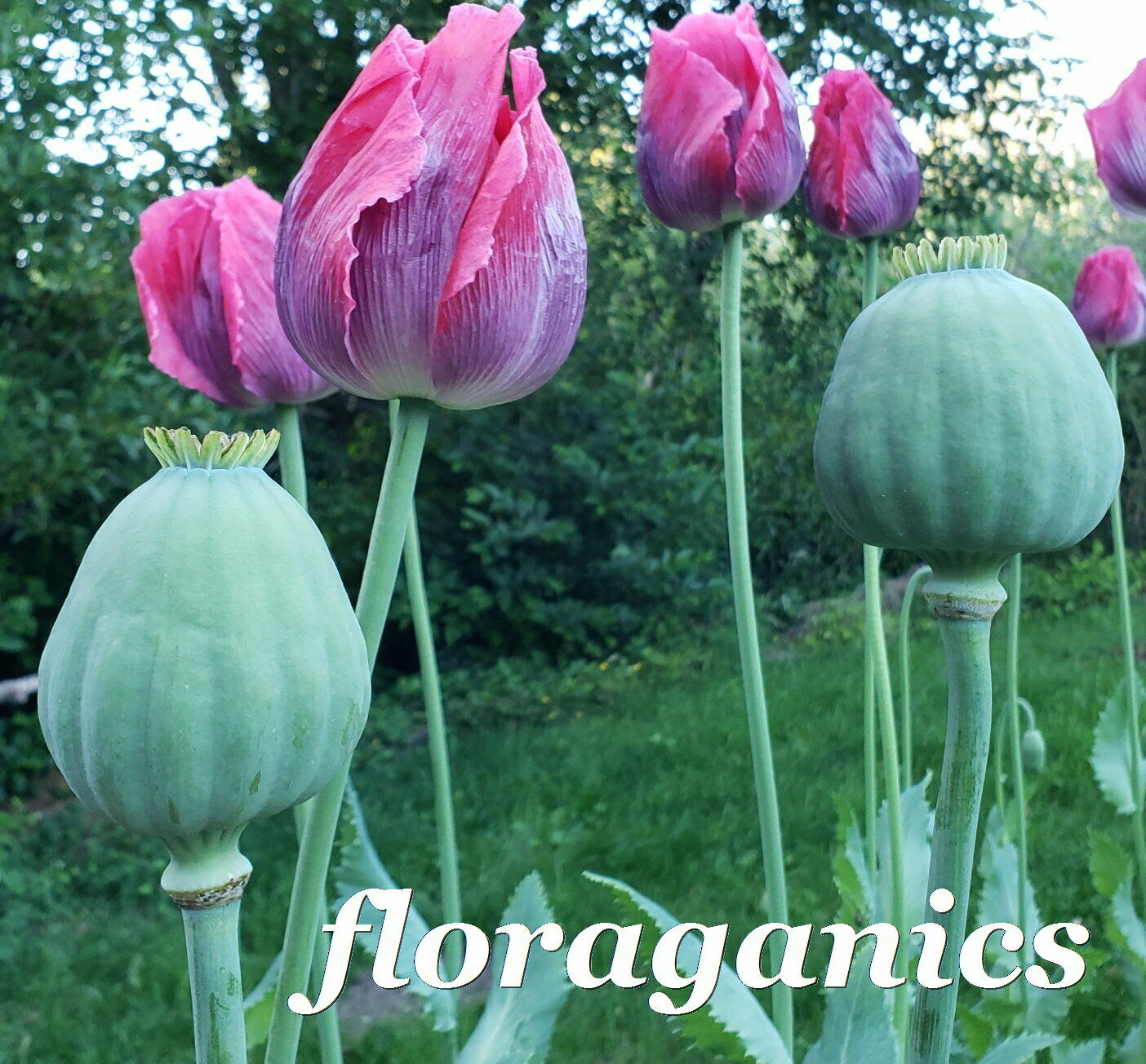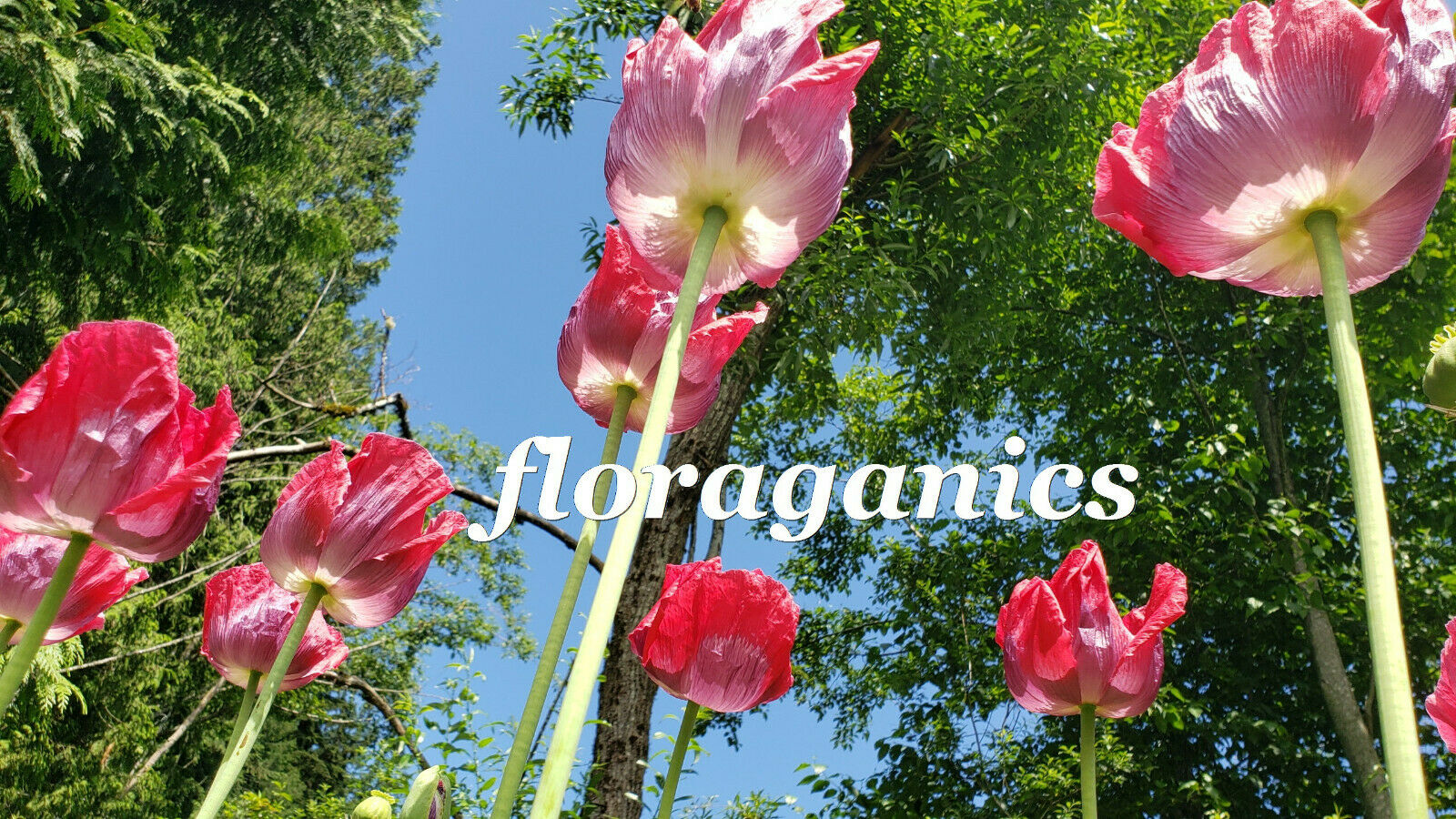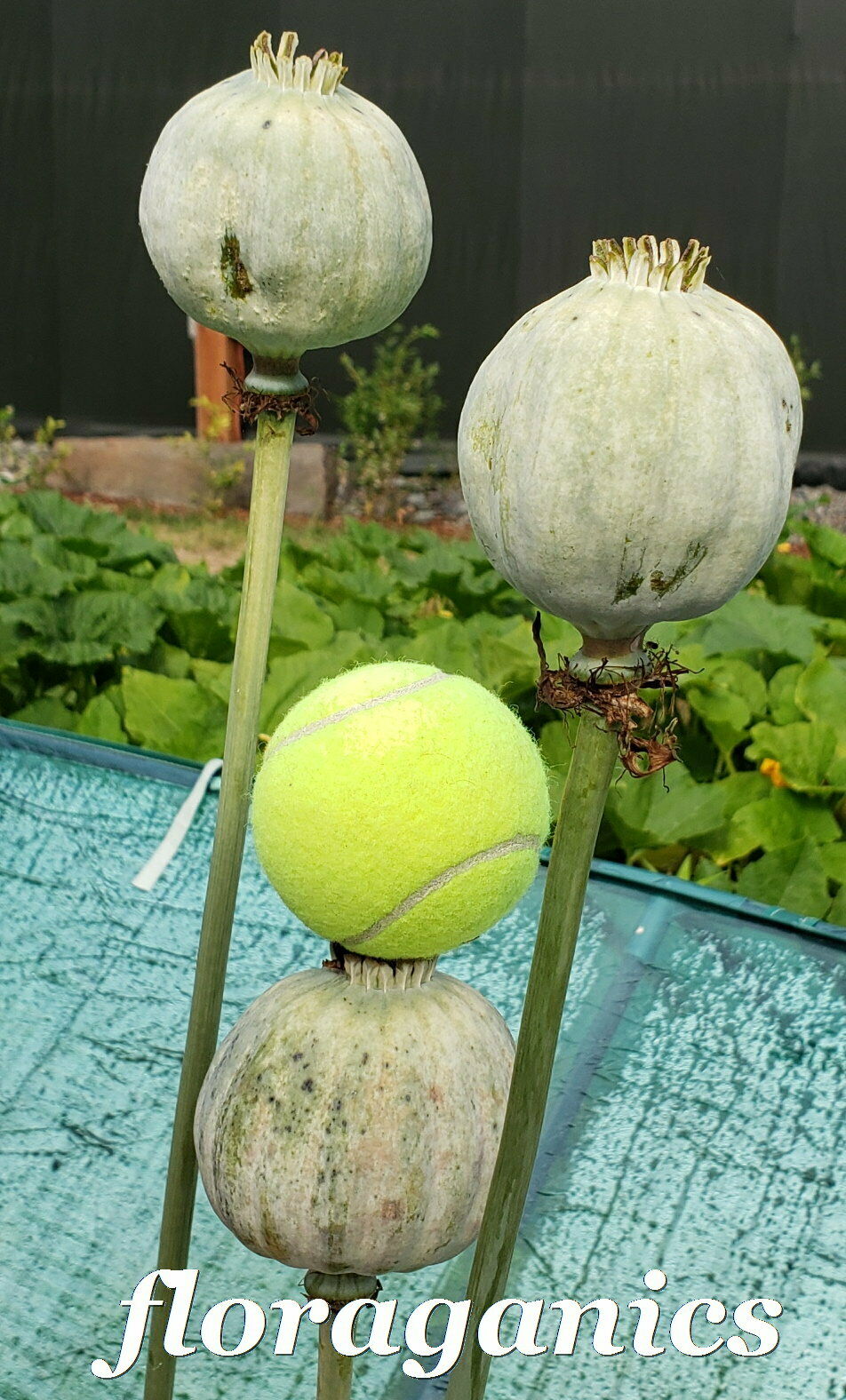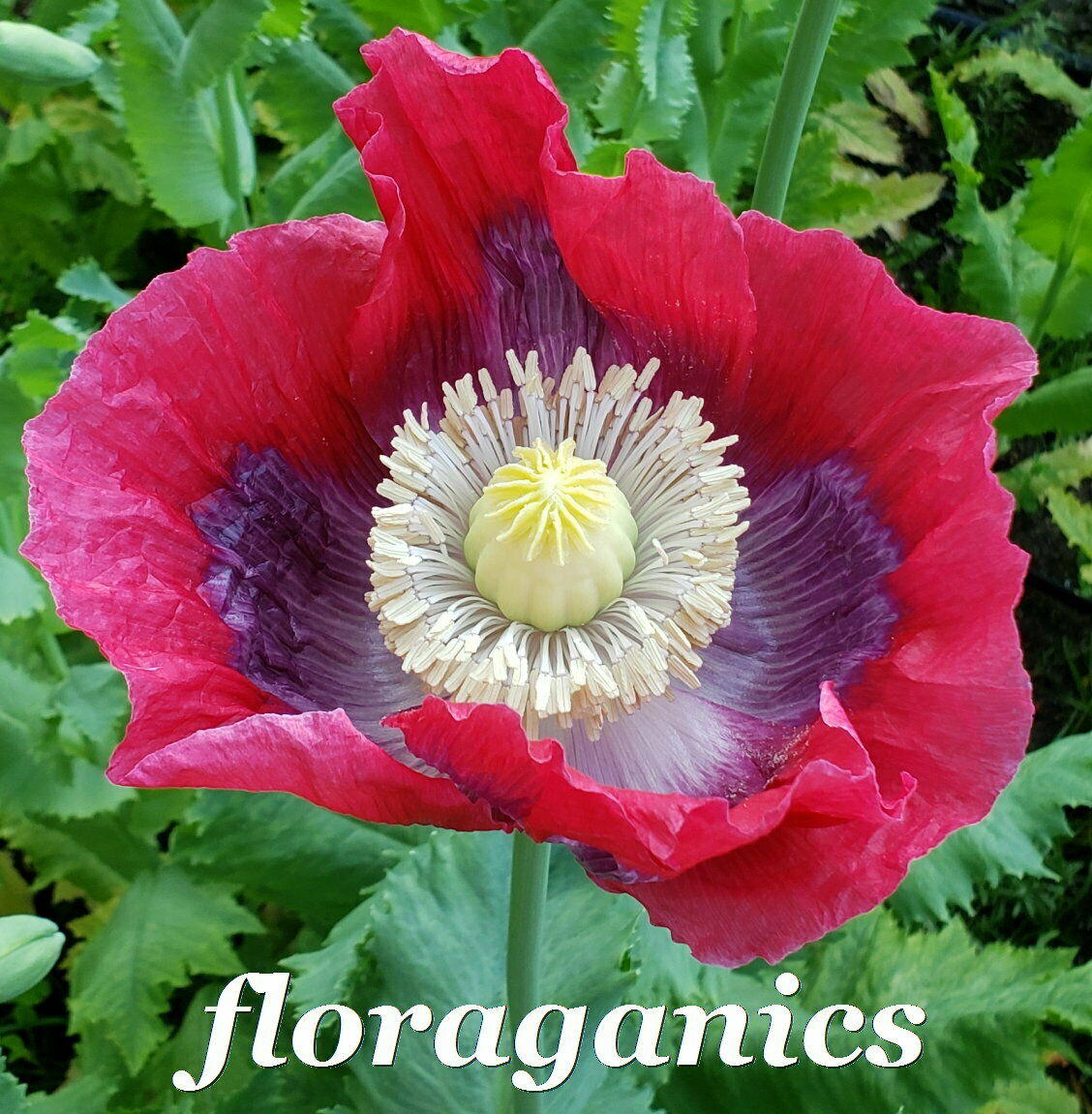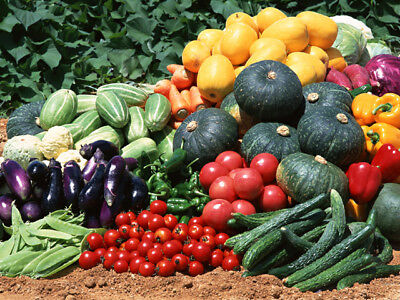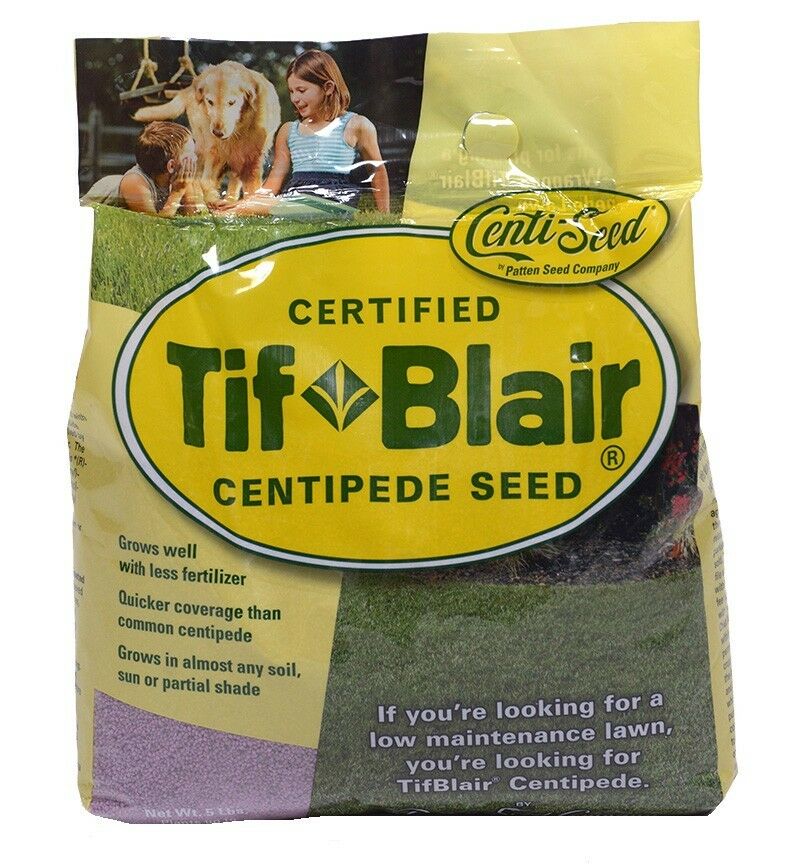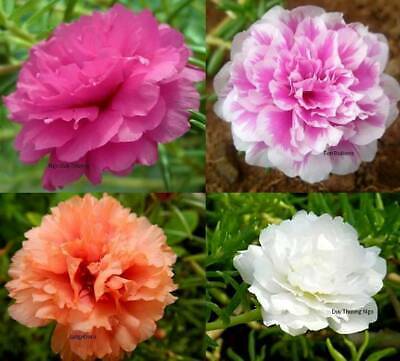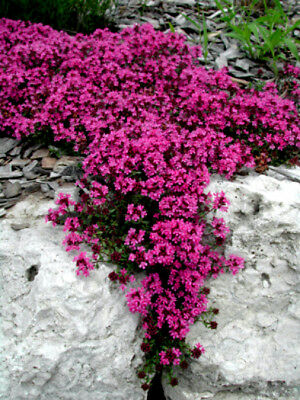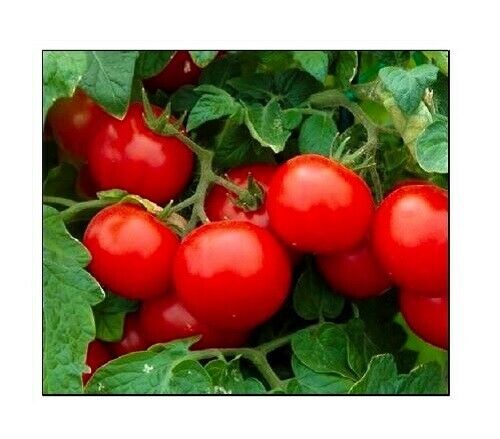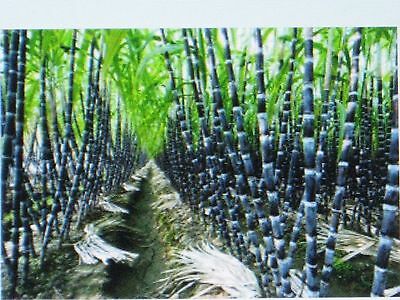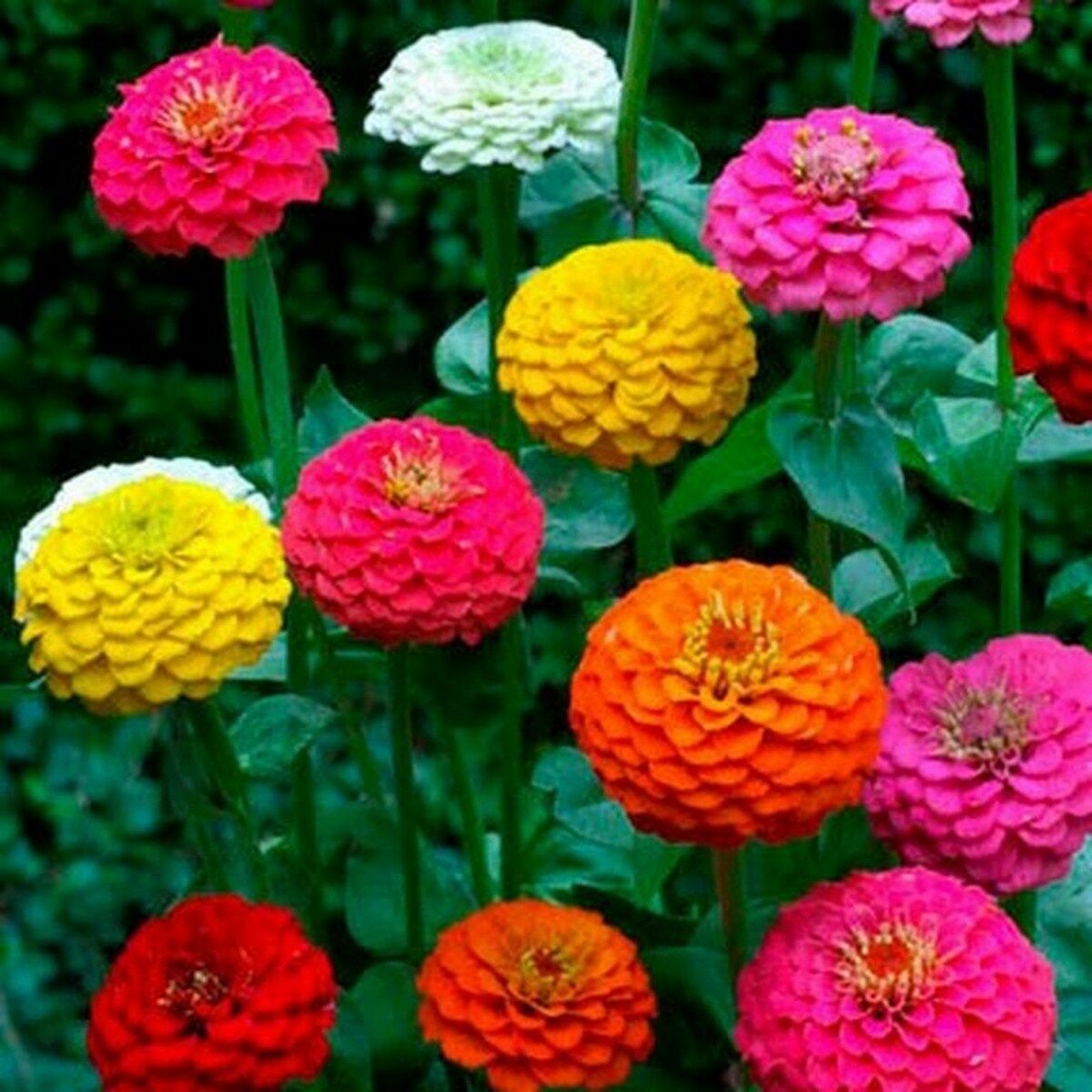-40%
"World's Largest" Giganteum Poppy seeds (1/4g ~500 seeds) mammoth papaver
$ 7.36
- Description
- Size Guide
Description
"World's Largest" Giganteum Poppy Seeds(PAPAVER SOMNIFERUM)
1/4 gram (about 500+ seeds)
Purchased this strain a few years ago,
and it was labeled "
World's Largest.
"
However, our other
heirloom
strain produced larger bulbs this year.
Mature bulb circumference grown in our garden is up to 10".
Plant height is around 5 feet.
Flowers are pink/purple.
Plants were grown 100% organically, with no chemical pesticides nor fertilizers.
Seeds were harvested August 2020.
Seeds are washed, viable and ready for planting.
Expected germination: 95-98%.
Listing is for seeds only.
(private listing)
Cultivation Guide
These poppy plants prefer a cool climate over hot weather. In hot areas, they will do well in the mountains or places where it stays cool. They grow best in loose, well drained soil and don't do well in dense soil like clay.
A night-time drop in temperature of 20 degrees F or more is much better than a steady temperature through the day and night. This night time temperature drop is most important the first eight weeks of the plants life (during and after germination).
Papaver somniferum has been grown in all the continental US by gardeners. Prior to 1942 it was grown commercially in several states. The pH of the soil should be somewhere in the neutral range of about 7.
Germination
is the start of the life cycle for the plant. The seed is placed in soil and supplied with water. If conditions are right and the seeds are good, they will germinate.
To germinate, the seeds can be spaced about 5 inches apart by dropping them in the intended location. Then cover with about a half inch of loose soil. During germination, night-time temperatures of 35 to 45 degrees F and day-time temperatures of 50 to 65 degrees F are best.
Once planted, mist the seeds at least once a day and keep them moist (not soaking wet). The soil needs to be kept moist until the plant germinates and produces a main root (below ground so you can't see it) and leaves.
When you see
the first leaves, you know the plant has germinated properly and the root system has started to established itself. The poppy seeds are vulnerable until the sprouts are a couple of inches tall.
You can start the plants in late fall or early spring. If planted in the fall, they should be planted so they have time to grow a few inches before the first snowfall.
They will lay dormant in the winter and start growing again the next spring. Some will probably die in the winter but enough should survive to produce a crop. Snow provides good insulation over the winter months.
If all the
plants die over the winter, the area you live in might be too extreme to start Papaver somniferum in the fall but you can try starting a new batch at the beginning of spring.
If you live in an area that has mild winters (the temperature does not go below 32F), you can wait till mid-late December to start the plants. Starting the plants in fall-winter allows them to continue growing as soon as the weather heats up in spring. This means they will be able to harvest earlier than those started in spring.
If you plant in spring, try planting as early as possible. Plant the seeds as soon as the last winter snow recedes. Starting poppies at the edge of melting snow is recommended.
Poppies do not
transplant well. If you have to germinate the plant anywhere other than where it will be grown, use something like peat cups so you can place the holder directly in the ground without touching the roots.
As the root system has established itself, the ideal temperature is the same as it was during germination. Soil that is moist but not wet is preferred and 8-14 hours (12 is optimal) of sunlight per day. Some of the young plants may flop over and look like they are dying, but most of them will stand up and continue growing in a few days.
This stage lasts 2 weeks or more, after which, the growth stage will start. As the plants grow, you will have to decide which are the healthiest and make sure they have 12 inches around them to grow. That means cutting down any other poppy plants within 12 inches of a healthy one. This thinning should take place when the plants are 4-6 inches tall.
If the plants
are crowded the harvest will be smaller than it would be if the plants were spaced properly. Crowding conditions will produce a low number of smaller sized flower heads. A single flower usually means the plant needs more space.
Under good growing conditions the plant will start a main stem that will branch into several stems. Each stem will produce a flower and then a seed capsule. Most plants produce 3-5 flower heads with 7 or more reported by some growers.
For optimal growth, seedlings like cow or chicken manure, when fertilizer is needed. As the plant grows, more nitrogen, phosphorus and potassium can be added. A general purpose 20-10-20 fertilizer is good.
As the plant
matures it likes drier soil, longer days, and stronger sunlight than it did during earlier stages of growth. Just prior to and during flowering, warm daytime temperatures (68-75 degrees), cool nights (35-55 degrees), and dry conditions are preferred.
Flowering starts about 8-12 weeks after germination. 16-20 hours of sunlight a day is optimal but not always possible when flowering. After flowering, petals will fall off the flower in 2 days to several weeks.
When the petals fall off, the seed capsules develop. The capsule will be ready to harvest about 14-20 days after the petals fall off. Outdoors, the total time from germination to harvest will be about 120-140 days.

